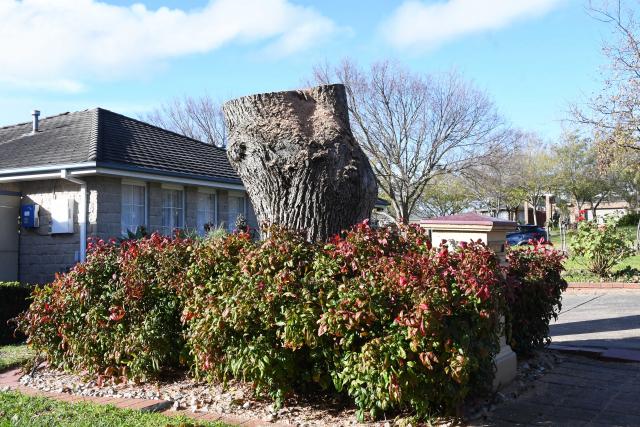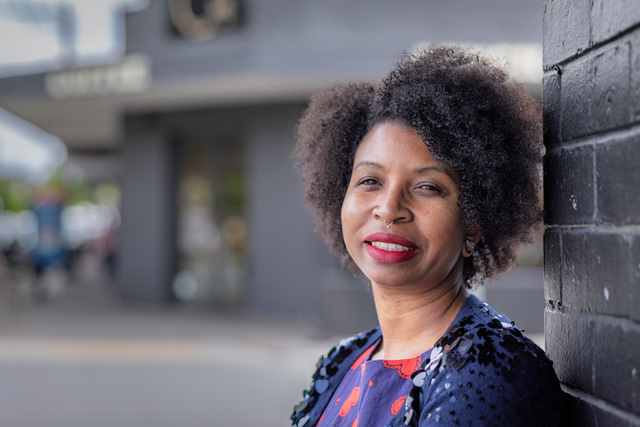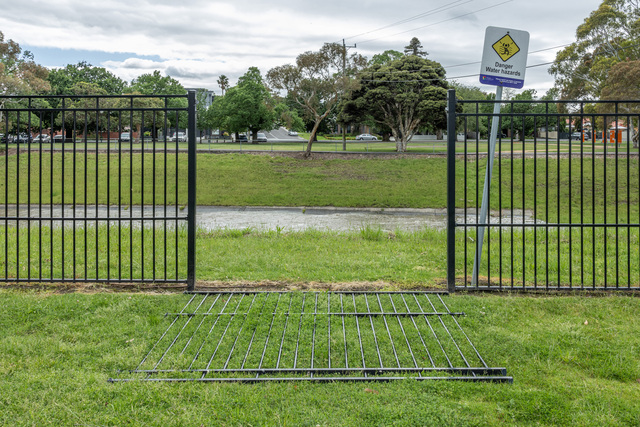Casey Council has unveiled a draft strategy to boost the region’s sub-average amount of tree canopy.
The council area is home to an estimated 646,544 trees, but its 11.3 per cent tree canopy rate is well short of the 19.3 per cent metro Melbourne average.
In its Greening Casey draft strategy, the council aims to reach 15 per cent by 2030 and 20 per cent by 2050.
It plans to plant more than 10,000 street trees in the next three years as well as boost the numbers of privately-owned trees with a mix of regulation, education and incentives.
More trees are needed to build Casey’s “climate resilience” by helping cool urban temperatures and lessen the harmful impacts of heat waves, according to the report.
Its priority suburbs for more tree shade include Cranbourne North, Clyde North, Cranbourne East, Cranbourne West, Hampton Park and Botanic Ridge.
The greatest canopy “opportunities” on public land were wide road reserves, retail centres, walking and cycling paths, car parks, parklands and streets surrounding schools.
Activity centres with extensive slabs of asphalt car parks were some of the hottest areas in Casey, the report stated.
In the past four years, Casey gained nearly 350,000 square metres of tree canopy, mostly along roads and streets in new developments.
However large infrastucture projects had wiped out many of those gains.
The strategy looks at better preserving mature trees on private land, including the large losses at new estates.
At the recent Canopy estate in Cranbourne, 61 per cent of canopy cover was lost in three years. Overall canopy was just 6.5 per cent.
“While this was for the purpose of development, it raises the issue of whether more of these established trees should have been strategically retained at the planning phase,” the report stated.
“It will take over 50 years to replace the amount of canopy lost.”
Non-permitted vegetation removal and vandalism of 15 per cent of new planted trees were also issues.
Currently, the council doesn’t employ an officer to police these matters.
This week, Greater Dandenong Council approved stronger protection for trees on private land in its bid to increase canopy cover from 9 per cent to 15 per cent by 2028.
A permit would be required to remove trees of 40 centimetres diameter at 1.4 metres above ground level, with certain exemptions.
Casey Council’s strategy also recommends better protecting private trees.
It would also require canopy tree planting at the front and rear of subdivisions and developed properties, encourage Significant Tree Register nominations and incentivise residents to plant trees.
Many residents felt there should be “some level of protection” of private trees, especially on development sites. But some felt “uncertain”, the report stated.
“People feel that they would like a level of freedom to make their own choices for their private property and feel that more regulation would see that control lost.”
In the report, Casey said it was also dealing with the legacy of “poor past decision making” with older trees damaging underground infrastructure.
There were poor tree species selections, such as the Eucalpytus scoparia that’s being replaced in Timbarra Estate, Berwick.
“While these trees grow fast and large, within a decade they were causing impacts to infrastructure and property.”
Public comment is open on Casey Council’s online portal Casey Conversations until 26 July, 5pm.







